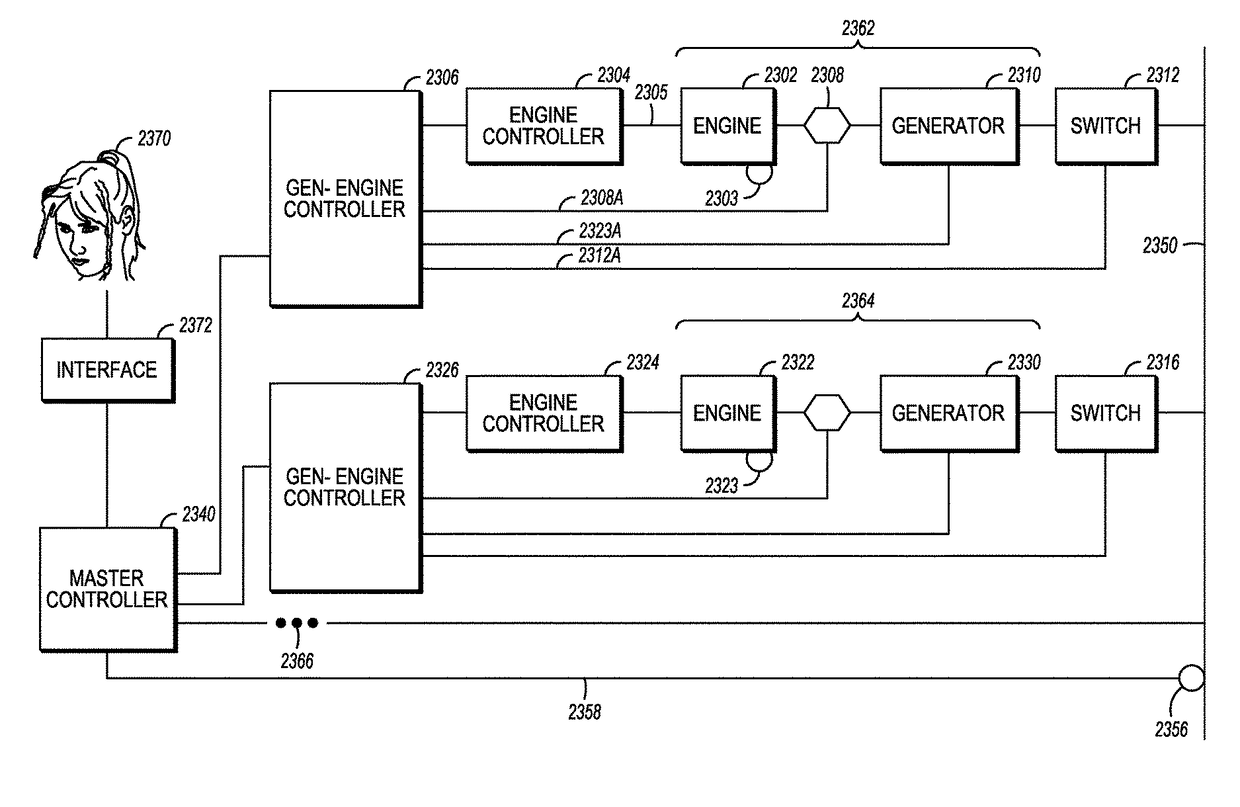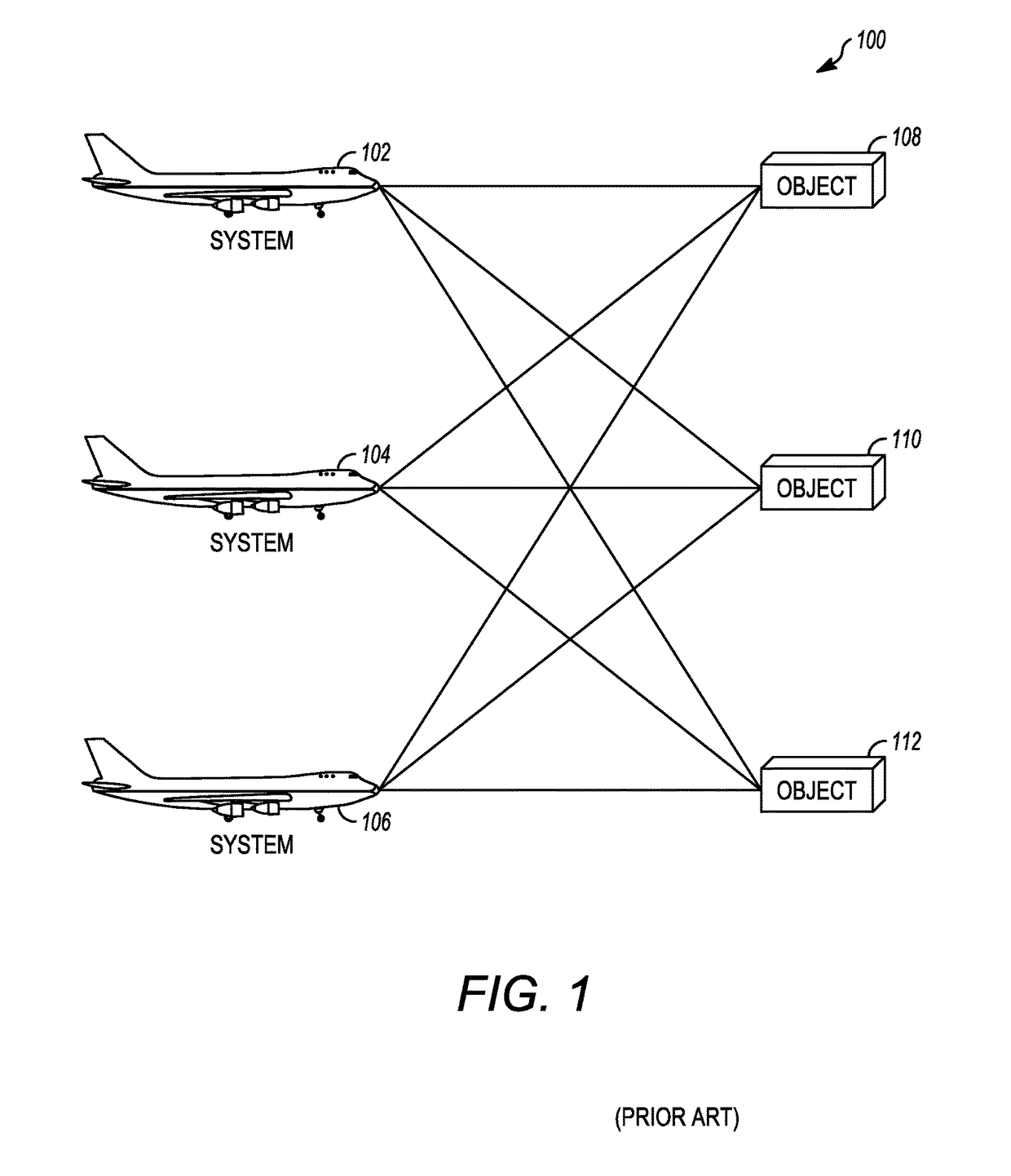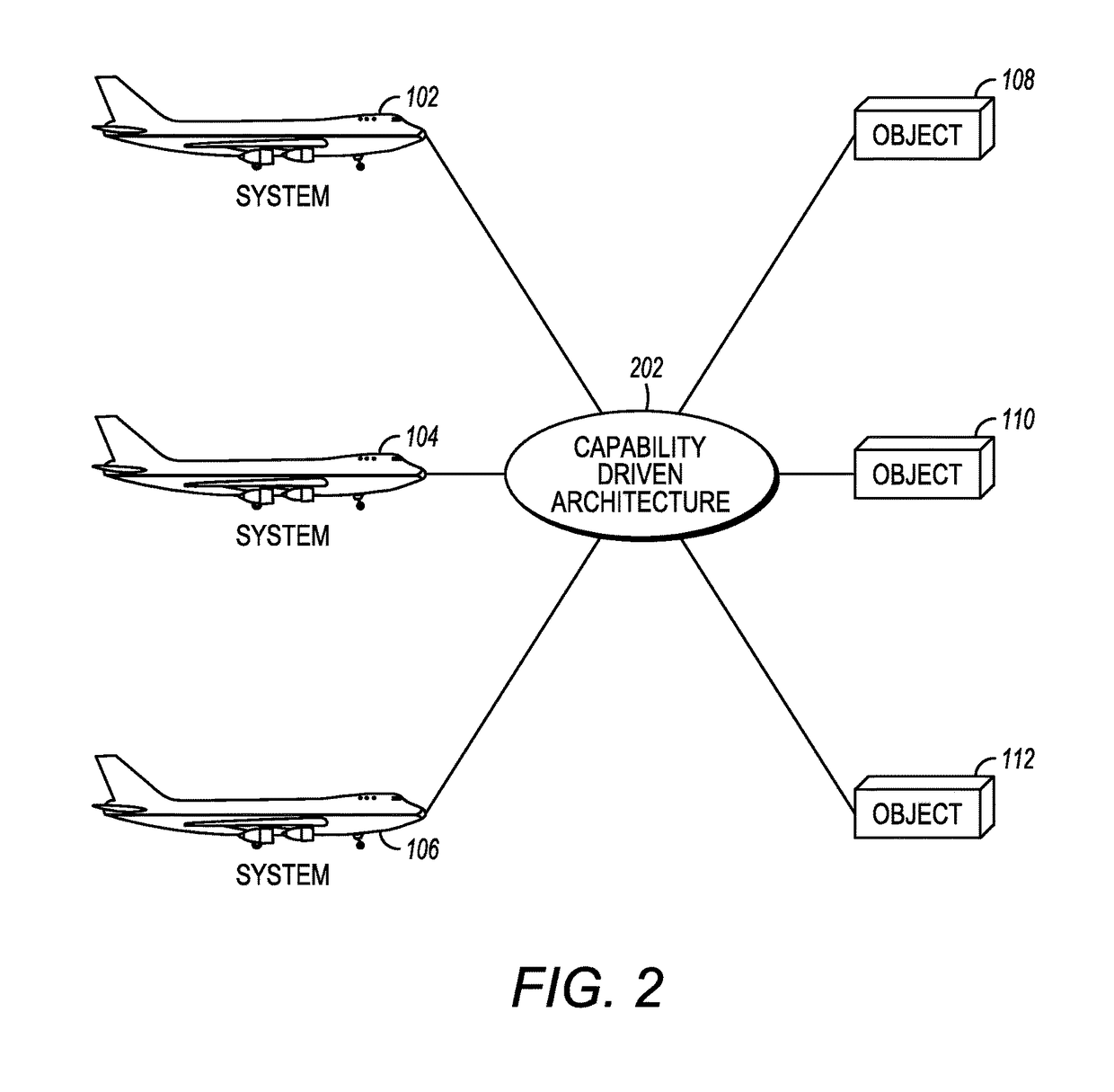System and method for automatically controlling one or multiple turbogenerators
a turbogenerator and automatic control technology, applied in the direction of electric generator control, positive displacement liquid engine, pump parameter, etc., can solve the problems of high complexity of system, development of ad hoc architectures, and further increase of integration effor
- Summary
- Abstract
- Description
- Claims
- Application Information
AI Technical Summary
Benefits of technology
Problems solved by technology
Method used
Image
Examples
implementation example # 1
Implementation Example #1: Radios
[0066]The following example is presented to further illustrate to persons skilled in the art how to make and use one embodiments of this disclosure. This example is not intended as a limitation, however, upon the scope of the invention, which is defined only by the appended claims.
[0067]By way of example and not limitation, it may be desirable to exchange one radio with another in an aircraft without developing separate radio-specific control interfaces. Specifically, it may be determined that three military radios, RADIO A produced by Company A, RADIO B produced by Company B, and RADIO C produced by Company C, need to be interchangeable with one another without having to alter the interface between the currently installed radio and the aircraft.
[0068]Once the group of radios to be integrated is defined, the ICDs for the radios are examined. While it is not necessary for all the ICDs for each radio in the group be used, it will be understood by one o...
implementation example # 2
Implementation Example #2: Gas Turbine Engine Control with (Optional) Multi-Compatibility
[0083]As another example, the architecture of FIGS. 3-4 may be applied to the task of digitally controlling one or more engines. Although this is applicable to any engine, this example is discussed in the context of a gas turbine engine such as the engine 600 of FIG. 6. This engine 600 includes an N2 rotating system 602, a combustion stage 604, a compressor stage 606, speed / torque sensor 608, and N2 output power 610. A controller, which in this example uses the capability driven architecture described herein above, is embodied by item 616. The controller receives data from the engine 600 via at least one feedback line 612, and sends control signals to the engine 600 on at least one control line 614. The controller 616 may be implemented in different ways, with one example being an integration of FPGA circuit, microprocessor, memory, and various I / O lines, using a custom operating system and vari...
implementation example # 3
Implementation Example #3: Gas Turbine Engine Control with Auto Detect
[0098]A further exemplary application of the present disclosure involves an engine controller with an engine auto detect feature. Although this is applicable to any engine, this example is discussed in the context of gas turbine engines as described above in FIGS. 6, 7, and 12.
[0099]In contrast with the previous example, this scenario includes a data source 1212 (FIG. 12) physically attached to, or otherwise associated with, the engine 600. The data source 1212 is referred to as a “bullet” herein. Broadly, the bullet 1212 identifies the variant, such as make / model, of the engine 600 to the controller 616. The bullet 1212 and engine controller 616 communicate via a path 1210. The bullet 212 may also serve to store further data in support of the controller 616's functions, as explained below.
[0100]The bullet may be a passive storage device, a continually active transmitter or broadcaster of data, or a data transmitt...
PUM
 Login to View More
Login to View More Abstract
Description
Claims
Application Information
 Login to View More
Login to View More - R&D
- Intellectual Property
- Life Sciences
- Materials
- Tech Scout
- Unparalleled Data Quality
- Higher Quality Content
- 60% Fewer Hallucinations
Browse by: Latest US Patents, China's latest patents, Technical Efficacy Thesaurus, Application Domain, Technology Topic, Popular Technical Reports.
© 2025 PatSnap. All rights reserved.Legal|Privacy policy|Modern Slavery Act Transparency Statement|Sitemap|About US| Contact US: help@patsnap.com



